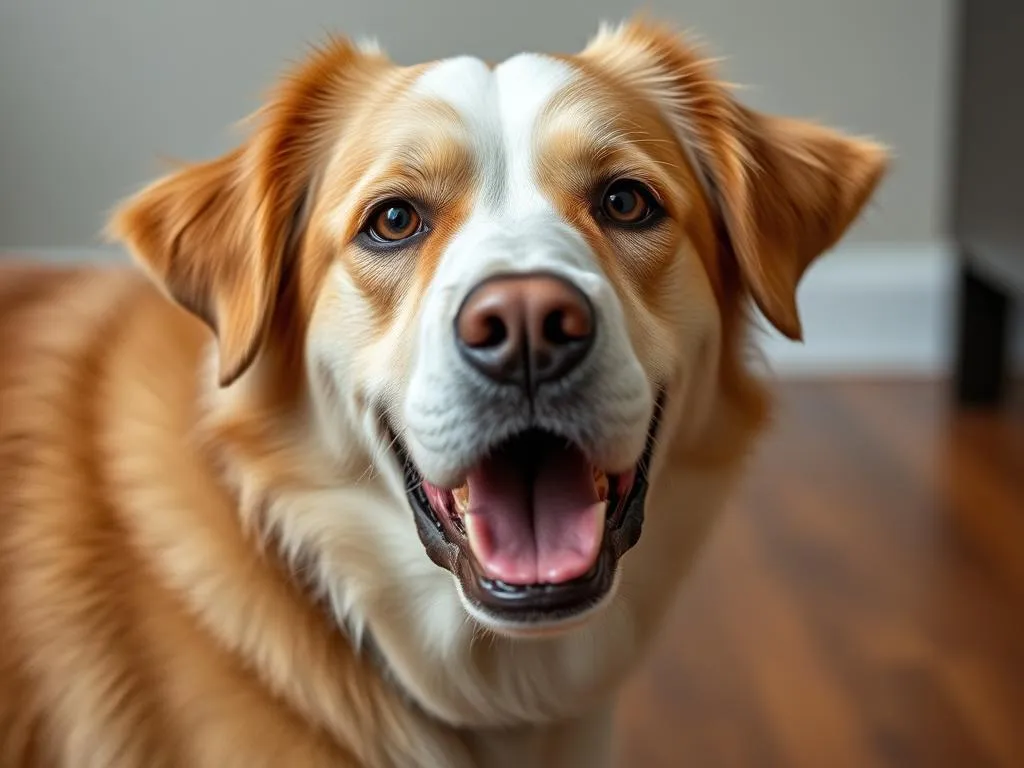
Introduction
Separation anxiety is a common condition in dogs that can significantly impact their health and overall well-being. It occurs when a dog becomes extremely distressed due to being left alone or separated from their owner. Addressing separation anxiety is crucial not only for ensuring your dog’s happiness but also for maintaining a harmonious household. In this article, we will explore the intricacies of separation anxiety in dogs, including its causes, symptoms, and effective strategies for managing it.
Understanding Separation Anxiety in Dogs
What is Separation Anxiety?
Separation anxiety is characterized by excessive fear or distress that dogs exhibit when they are separated from their owners or guardians. While many dogs may feel a bit anxious when left alone, those with separation anxiety exhibit more severe symptoms. Common signs include vocalizations, destructive behavior, and attempts to escape. Understanding the difference between normal behavior and anxiety is essential for proper intervention.
Causes of Separation Anxiety
Several factors can contribute to the development of separation anxiety in dogs:
- Genetic predisposition: Some breeds are more prone to anxiety-based issues, including separation anxiety. Breeds like Labrador Retrievers, German Shepherds, and Cocker Spaniels may be more susceptible.
- Traumatic experiences: Dogs that have been abandoned, rehomed, or experienced significant changes in their lives may develop anxiety when left alone.
- Changes in routine or environment: Moving to a new home, changes in the household (such as a new baby), or alterations in the owner’s schedule can trigger anxiety.
- Lack of socialization and training: Dogs that have not been adequately socialized may struggle with being alone and may develop anxiety as a result.
Recognizing the Signs of Separation Anxiety
Behavioral Symptoms
Identifying separation anxiety starts with recognizing the behavioral symptoms that manifest when a dog is left alone. Common signs include:
- Excessive barking or howling: Dogs may vocalize excessively when separated from their owners.
- Destructive behavior: Chewing on furniture, digging at doors, or destroying household items can indicate distress.
- Attempts to escape: Dogs may try to break free from their confines, leading to injuries or damage to property.
- Excessive pacing: Some dogs may walk back and forth in a specific area when anxious.
Physical Symptoms
In addition to behavioral signs, physical symptoms of separation anxiety can also manifest. These may include:
- Excessive drooling: A dog that is anxious may drool more than usual.
- Panting or trembling: Signs of stress may include rapid breathing or shaking.
- Loss of appetite or digestive issues: Changes in eating habits, such as refusal to eat or gastrointestinal distress, can occur.
Diagnosing Separation Anxiety
When to Consult a Veterinarian
If you suspect that your dog may be suffering from separation anxiety, it is essential to consult a veterinarian. This step is crucial for ruling out any underlying medical issues that may mimic anxiety symptoms. Conditions such as pain or illness can cause similar behaviors and should be addressed before implementing behavioral interventions.
Behavioral Assessment
A thorough behavioral assessment is vital for diagnosing separation anxiety. This includes:
- Observing patterns and triggers: Pay attention to when the anxiety occurs. Is it only when you leave? Are there specific cues that trigger the behavior?
- Keeping a diary: Documenting your dog’s behaviors and incidents can provide valuable insights into their anxiety and help you identify potential triggers.
Strategies for Managing Separation Anxiety
Training Techniques
Managing separation anxiety often requires a combination of training techniques. Here are some effective methods:
- Gradual desensitization: Gradually increasing the time your dog spends alone can help them become more comfortable with the idea of being alone. Start with short periods and gradually extend the duration.
- Counter-conditioning methods: Pairing your departure with positive experiences (like treats or favorite toys) can help change your dog’s emotional response to being left alone.
- Positive reinforcement for calm behavior: Rewarding your dog for staying calm when you prepare to leave can reinforce good behavior.
Creating a Safe Space
Designing a comfortable and secure area for your dog can also help alleviate anxiety. Consider the following:
- Comfortable area: Create a designated space where your dog feels safe, such as a cozy bed or crate.
- Calming tools: Incorporate calming aids like soft blankets, chew toys, or interactive puzzles to keep your dog occupied while you are away.
Implementing a Routine
Establishing a consistent routine can provide a sense of security for anxious dogs. Focus on the following:
- Consistent schedules: Create a routine for feeding, playtime, and alone time. Predictability can help reduce anxiety.
- Importance of predictability: Dogs thrive on routine. Knowing when to expect their owner’s return can help alleviate their anxiety.
Professional Help and Resources
When to Seek Professional Assistance
If you find that your efforts to manage separation anxiety are not yielding positive results, it may be time to seek professional assistance. Signs that you may need help include:
- Persistent symptoms despite implementing strategies
- Severe destructive behavior or self-harm
- A lack of improvement over several weeks or months
Types of Professionals to Consult
Several professionals can help you address separation anxiety in dogs:
- Veterinarians: They can provide medical assessments and recommend treatment options.
- Veterinary behaviorists: These specialists focus on behavioral issues and can create tailored treatment plans.
- Certified dog trainers and animal behaviorists: They can provide hands-on training techniques to help modify your dog’s behavior.
Recommended Resources
For further understanding and support, consider exploring various resources, such as books, websites, and online courses focused on canine behavior and anxiety management.
Alternative Therapies and Solutions
Natural Remedies
Many pet owners turn to natural remedies to help manage their dog’s anxiety. Some options include:
- Herbal supplements: Products containing calming herbs like valerian root or chamomile can promote relaxation.
- Pheromone diffusers: These products release calming scents that can help soothe anxious dogs and create a sense of comfort.
Medication
In some cases, medication may be appropriate for managing separation anxiety. Consider the following:
- When medication is appropriate: If your dog’s anxiety is severe and not improving with behavioral techniques, medication may be necessary.
- Types of medications available: Common medications include SSRIs, anxiolytics, and tranquilizers. Your veterinarian can help determine the best option based on your dog’s specific needs.
Preventing Separation Anxiety
Early Socialization
One of the most effective ways to prevent separation anxiety is through early socialization. Exposing puppies to various environments, people, and other dogs can help them develop confidence and reduce anxiety.
Gradual Alone Time
Training puppies to be comfortable being alone is essential for preventing separation anxiety. Focus on:
- Building independence: Encourage your puppy to play independently with toys while you are nearby.
- Short alone periods: Start by leaving your puppy alone for short intervals, gradually increasing the time as they become more comfortable.
Conclusion
Addressing separation anxiety is vital for the health and happiness of your dog. By understanding the condition, recognizing its signs, and implementing effective strategies, you can help your dog develop a sense of security and confidence. Remember that seeking professional help is a valuable option if needed, and exploring alternative therapies can also provide additional support. With proactive care and a consistent approach, you can significantly improve your dog’s quality of life and strengthen your bond.









